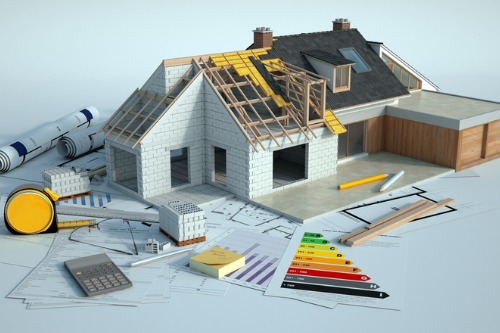Index shows builder sentiment remained steady in May

Concerns over rising lumber prices and dwindling supply of other construction materials grew over recent months, but builders remained confident in the market for newly-built single-family homes.
Despite these challenges, builder sentiment held steady at 83 in May, according to the National Association of Home Builders (NAHB)/Wells Fargo Housing Market Index (HMI).
Read more: 7 questions from first home buyers that every broker needs to answer
The index measuring current sales conditions stayed the same at 88, and the gauge charting sales expectations in the next six months climbed one point to 81. The component measuring traffic of prospective buyers dropped one point to 73.
“Low-interest rates are supporting housing affordability in a market where the cost of most materials is rising,” said NAHB Chief Economist Robert Dietz. “In recent months, aggregate residential construction material costs were up 12% year-over-year, and our surveys suggest those costs are rising further. Some builders are slowing sales to manage their own supply chains, which means growing affordability challenges for a market in critical need of more inventory.”
Dietz added that home buyers should brace themselves for rising prices throughout 2021 as the cost of materials, land, and labor continue to rise.
“Builder confidence in the market remains strong due to a lack of resale inventory, low mortgage interest rates and a growing demographic of prospective home buyers,” said NAHB Chairman Chuck Fowke. “However, first-time and first-generation home buyers are particularly at risk for losing a purchase due to cost hikes associated with increasingly scarce material availability. Policymakers must take note and find ways to increase production of domestic building materials, including lumber and steel, and suspend tariffs on imports of construction materials.”
Regionally, the South was up one point to 84, and the West remained unchanged at 90. The Northeast posted a four-point decrease to 82, and the Midwest saw a three-point drop to 75.



